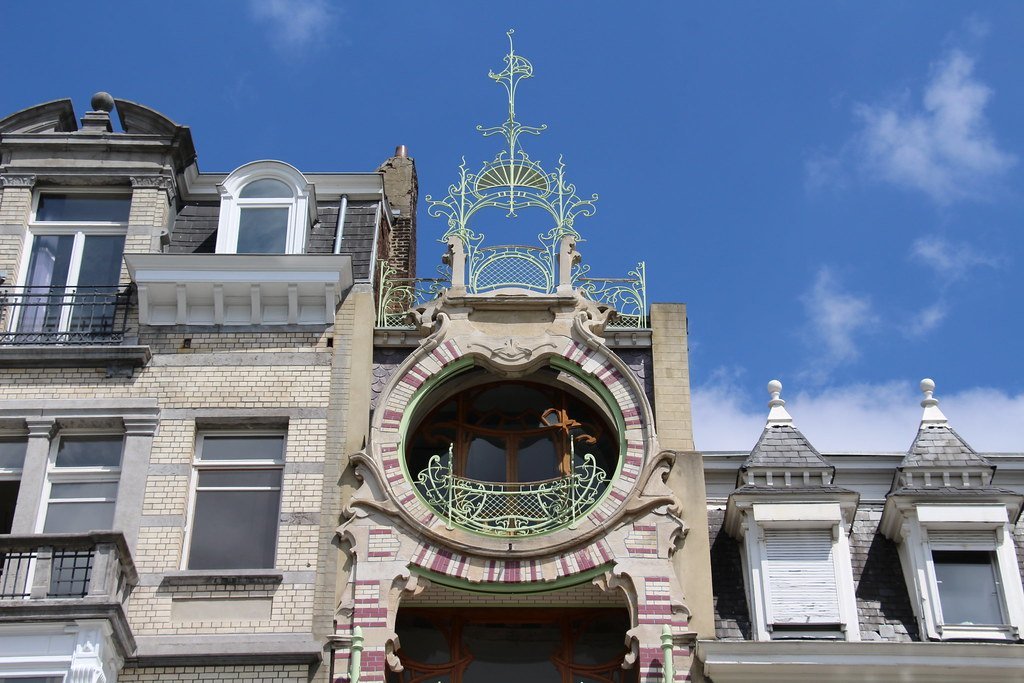Le Chelton, a hotel a stone's throw from the Maison Saint Cyr in Brussels
6 minutes on foot from the hotel: the Square du Petit Sablon
A jewel of Art Nouveau and a symbol of Brussels' architectural heritage, the Maison Saint Cyr is the remarkable work of architect Gustave Strauven. It was designed for the painter and decorator Georges Léonard de Saint Cyr at the very beginning of the 20th century. Today, it is listed on the Brussels Inventory of Architectural Heritage. Our Chelton Hotel is located less than a five-minute walk from Maison Saint Cyr, next to Square Ambiorix.
What is Maison Saint Cyr in Brussels?
A typical Art Nouveau house that contributed to Brussels’ reputation at the dawn of the 20th century, the Maison Saint Cyr was designed in 1900 by architect Gustave Strauven for the painter and decorator Georges Léonard de Saint Cyr. The architect was inspired by the seaside architecture that was fashionable at the time, as well as by the teachings of his mentor, architect Victor Horta. Strauven conceived a lightweight, skeletal structure with maximum openness to the green space of Square Ambiorix, along with a series of loggias, balconies, and a terrace. He also included direct access from the entrance steps to the front room on the ground floor.
Initially criticized after its construction—especially in the 1960s by the city’s chief architect and the Royal Commission for Monuments and Sites—Maison Saint Cyr was finally listed as architectural heritage on August 8, 1988. Today, it draws admiration from passersby, the curious, and tourists alike.
Where is Maison Saint Cyr located?
Maison Saint Cyr is located in the Squares District. Its striking façade faces Square Ambiorix, which was intended to be surrounded by picturesque façades. Although this neighborhood near the European Quarter has fewer remarkable façades than originally planned, Maison Saint Cyr is undoubtedly the most fascinating of them all.
At the heart of the European capital, Maison Saint Cyr perfectly embodies the early 20th-century European spirit of confidence in the future, modernity, taste, and technological progress.
What makes Maison Saint Cyr in Brussels so unique?
Barely four meters wide and wedged between two buildings, this house has managed to preserve its original character and Art Nouveau façade against all odds. Rich in ironwork, it is a prime example of flamboyant Art Nouveau, using stone, wood, and wrought iron.
Inside, there are no side corridors in the main rooms, and the central room of the traditional three-part layout has been replaced by a large staircase lit by a skylight. The interior reflects different styles, including a hall transformed into Art Deco in the 1930s. The house underwent several renovations: the main staircase was enlarged and, despite its Art Nouveau flights, treated in a neo-Empire style. The dining room is neo-Flemish Renaissance, while a Chinese-style salon replaced the previous neo-Empire or Louis XVI salon upstairs.


